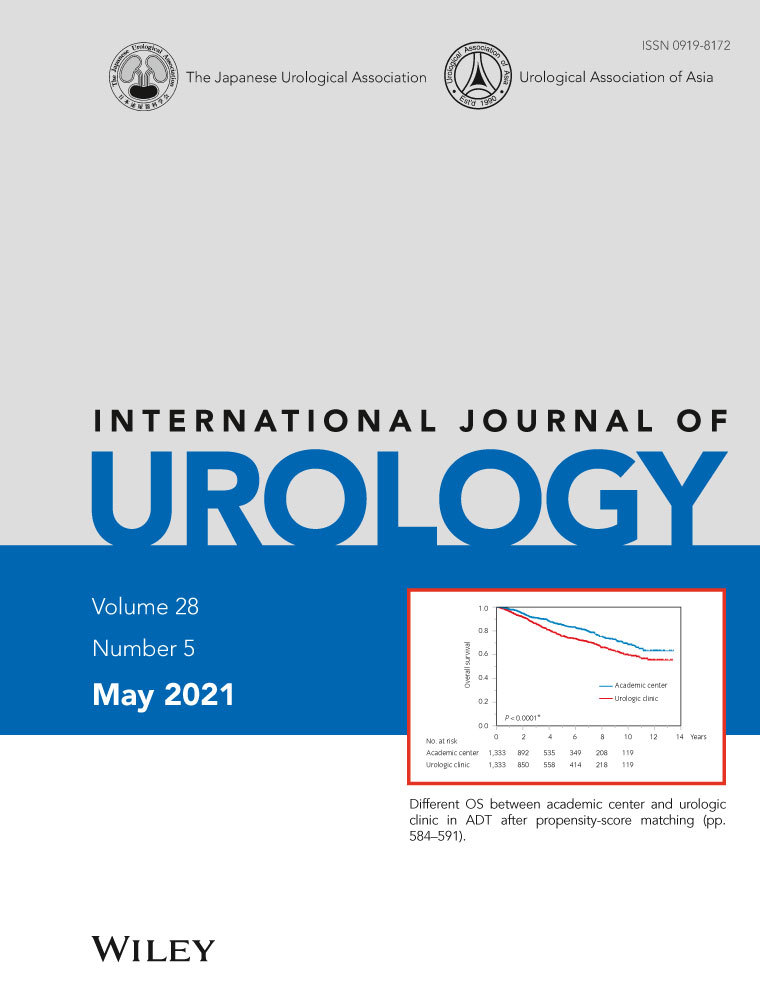Regional and facility disparities in androgen deprivation therapy for prostate cancer from a multi-institutional Japan-wide database
Abstract
Objectives
To examine the differences in prognosis of prostate cancer patients receiving primary androgen deprivation therapy by region and facility type using a Japan-wide database.
Methods
Data on patients treated with primary androgen deprivation therapy between 2001 and 2003 from a nationwide community-based database established by the Japan Study Group of Prostate Cancer were obtained. Clinicopathological characteristics and prognostic variables, including progression, cancer-specific survival and overall survival, were compared according to region and facility type where the patients were treated.
Results
Among 19 162 patients, 7102 (37.1%) and 12 060 (62.9%) men were in urban and rural areas, respectively, and 3556 (18.6%), 13 623 (71.1%) and 1983 (10.3%) patients were enrolled from academic centers, non-academic hospitals and urological clinics, respectively. The risks of progression, cancer-specific mortality and all-cause mortality were comparable between urban and rural areas in propensity-score matched analysis. Risks of progression, cancer-specific mortality and all-cause mortality in urological clinics were higher than those in academic centers in propensity-score matched analysis.
Conclusions
Our findings suggest that Japan facility type, but not geographical regions, might affect the prognosis of prostate cancer patients receiving primary androgen deprivation therapy.
Conflict of interest
None declared.




